Snapshot
- Master engine builders turning their attention to EV powertrains
- Modular units range from 35kW to whopping 350kW prototype
- Intended to supply a range of OEMs
The creators of arguably some of the greatest combustion engines ever made have begun building new electric motors that pack one hell of a punch.
Yamaha has a long history of building engines for car manufacturers – outside of its motorcycle business – with its first being the twin-cam inline-six cylinder that was fitted to the Toyota 2000GT in 1967.
For those needing more reason to be excited, Yamaha’s resume also includes Toyota’s iconic 4A-GE 1.6, muscular 2UR-GSE V8, and legendary 1LR-GUE V10 and the company recently announced it has developed an electric motor specifically for performance vehicles and hypercars. While Yamaha will continue to produce internal combustion engines, it has begun to transition into the world of EVs.
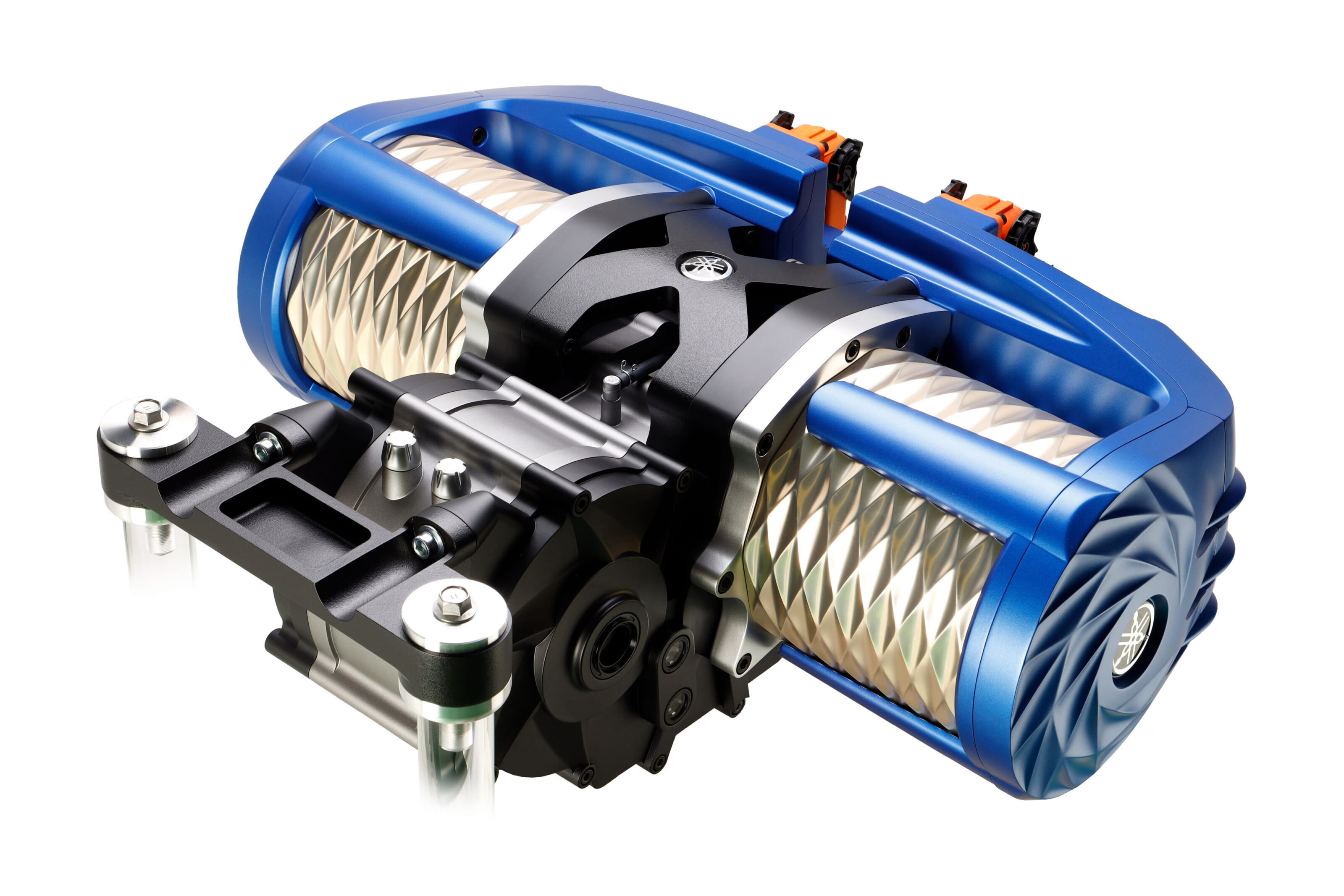
Its first foray came last year with a series of units producing between 35kW-200kW. However, this year the Japanese manufacturer has stepped things up, building a stonking 350kW prototype unit which will be made available to car manufacturers to utilise in future performance products.
While the 350kW figure alone is impressive, Yamaha has stated that the unit is designed to be used multiple times in a single vehicle for ultra-powerful fully electric hypercars applications. A press image showed four of the units (one on each wheel) placed on an EV platform for a total system power output of 1400kW. Yikes!
The same attributes that make for great combustion engines translate directly to electric motors – namely big power, small size, and low weight.
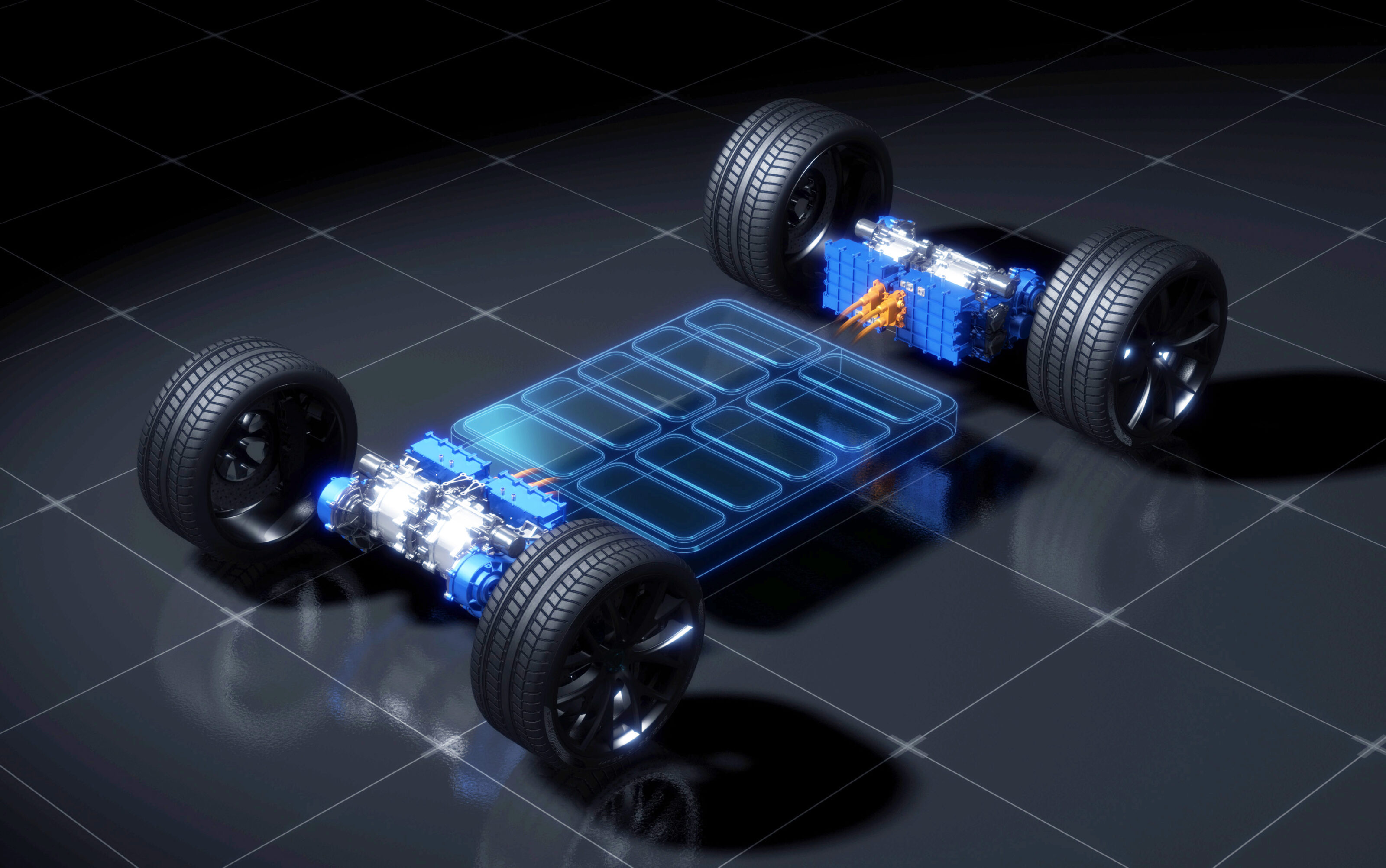
To ensure size and weight were kept to a minimum, Yamaha focused on finding efficiencies in packaging. The end result was the combination of both the electric and mechanical components, with the inverter and single-speed transmission being combined alongside the oil-cooled Interior Permanent Magnet Synchronous Motor into a single unit. The entire casing for the motor is cast in-house by Yamaha.
This is an important development for electric motors, with the decrease in size allowing multiple units to be more easily fitted to a single vehicle.
“We thought making the units compact was paramount and the coils inside use segment conductors,” said engineer Takashi Hara.
The trade-off here is that there is no scope for a two-speed transmission to extend a production car’s total possible driving range. However, with advancements in battery technology, and the performance focus of the system, we aren’t too worried.

Yamaha says the unit is designed with 800V architectures in mind – like those used in the Porsche Taycan and Audi e-tron GT. Yamaha claims its unit is one of the most power-dense electric motors that will be available to manufacturers.
Speaking of manufacturers, OEMs can begin placing orders for prototypes now, with Yamaha able to tweak both the output and cooling methods of unit depending on the client’s specific application and needs.
While Yamaha’s appearance in the EV sector might seem new to performance enthusiasts, the company has actually been developing these technologies for several years now for multiple applications.
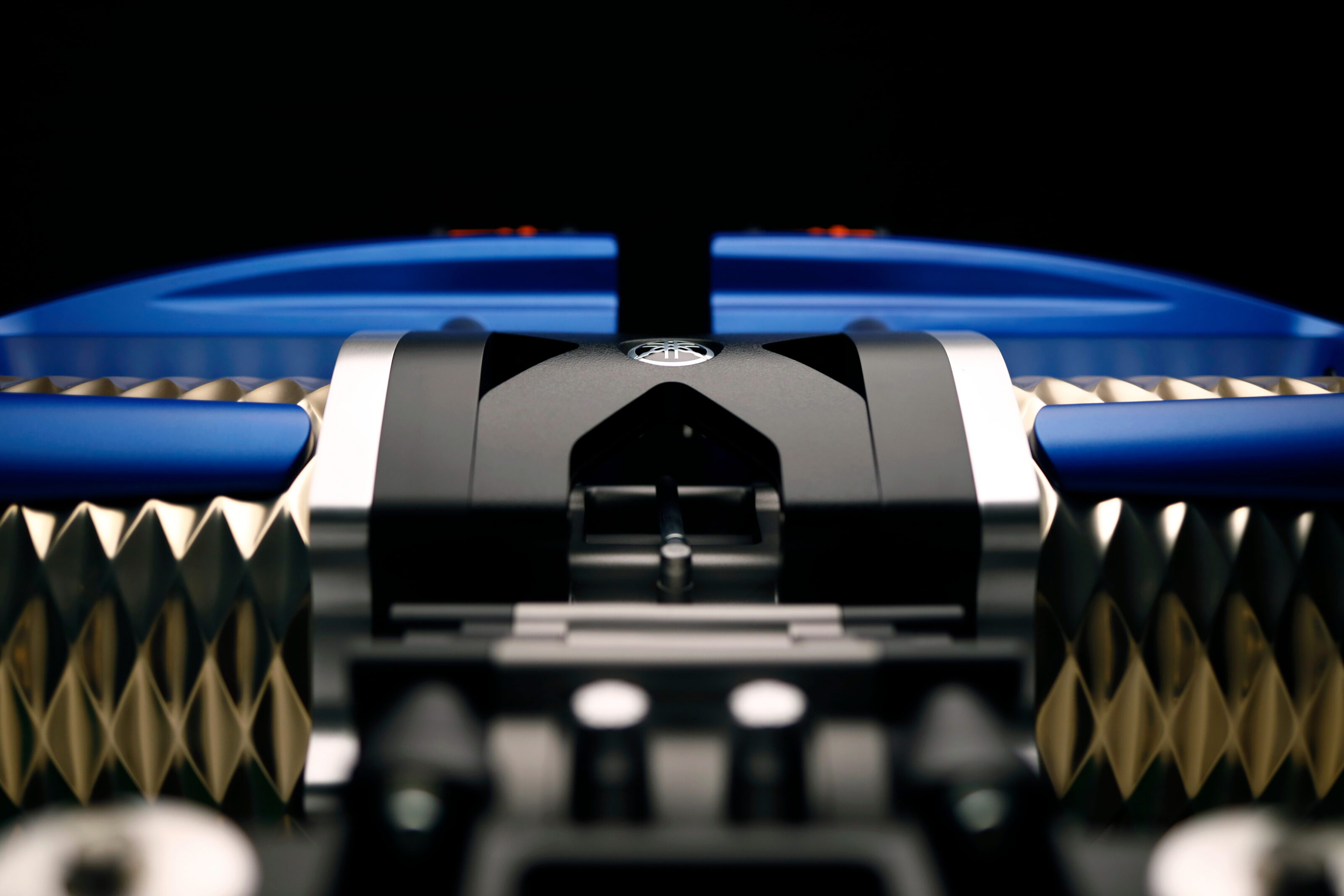
Instead of regulating temperatures using water, Yamaha has built the 350kW electric motor to be oil-cooled (while its less powerful units are predominately water-cooled). Oil has a higher boiling point than water, and is an electrical insulator, meaning it can cool the system at higher temperatures, while also being in direct contact with key pieces of equipment.
Yamaha provides a simple solution for car manufacturers without the time, or money, to build a bespoke electric motor from scratch. Instead of investing huge sums into R&D, each company can get an almost ready-made unit tailored to their vehicle quickly and (relatively) cheaply.
With extensive experience in casting, machining, and assembly the Japanese motorcycle manufacturer says it will “customise the prototype to the specific needs of individual customers and deliver in short time spans utilising production technology that the company flexibly adapts to its various product groups.”
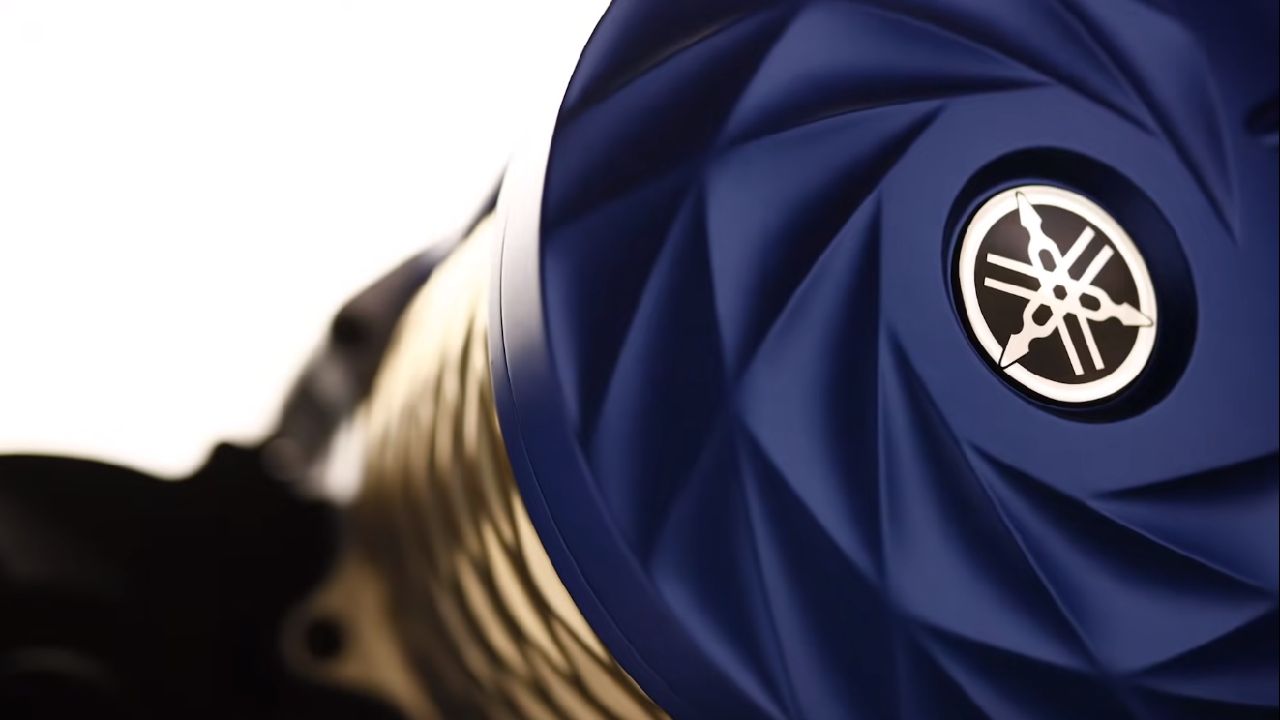
We hope applications will stretch beyond high-end hypercars. The prospect of a 350kW, rear-wheel drive EV with a small body and battery is a tantalising one. Or perhaps a four-door, all-wheel drive sedan with 700kW is more your flavour?
Regardless of the final applications with Yamaha’s superb track record in providing world-class propulsion for performance cars, don’t be surprised if the next EVs with a focus on fun come with a trio of tuning forks symbol hidden under the metal.
1. The Italian Connection
During the development of its electric motors, Yamaha used an Alfa Romeo 4C as its test mule. A 200kW electric motor was used, making the prototype more powerful than the 177kW/350Nm production car, which used a 1.75-litre turbocharged four-pot. Add globs of instant torque, and we are sure Yamaha engineers had a terrible time during the evaluation process…
2. Turbo Time
Renowned turbocharger manufacturer BorgWarner is also getting involved in the electric motor development arms race. Where Yamaha used an Alfa 4C, the automotive supply giant built an Ariel Nomad test mule, ditching its Honda-sourced engine and replacing it with a 30kWh battery, inverters, and a pair of electric motors with torque vectoring.
3. New age engine swap
Just because you don’t have a bank account to match an OEM doesn’t mean you have to miss out on the hi-po electric motor craze. British company Integral e-Drive has launched a new range of off-the-shelf electric motors that can be ordered in single quantities, with power of up to 400kW/520Nm. Barra who?
4. Tried and tested
Italian company e.d.c. specialises in the design and production of testing system and has developed a new system for which it claims can detect 100 per cent of defects in an electric motor during partial discharge tests. This will allow manufactures to further refine their electric motors before they go into production, while also decreasing the time spent to complete final validation of a product.
We recommend
-
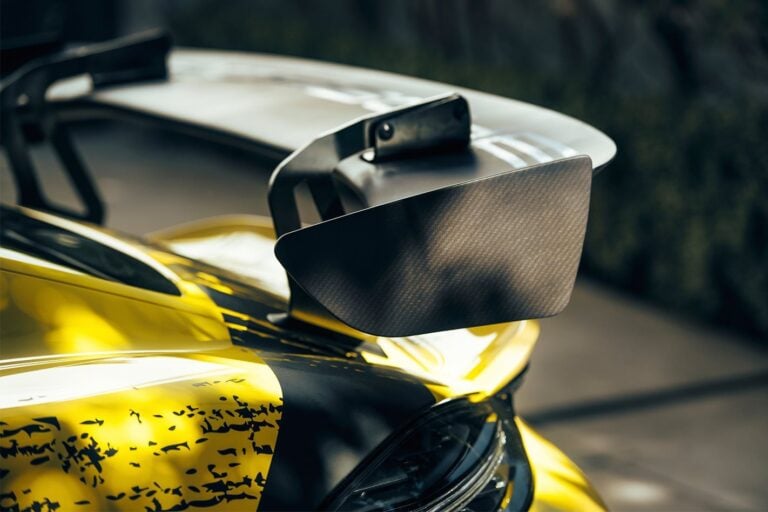 Features
FeaturesAmpliTex: coming to a racetrack near you
A Swiss company is proving there is a cost-effective way to create a light, eco-friendly material that rivals carbon fibre
-
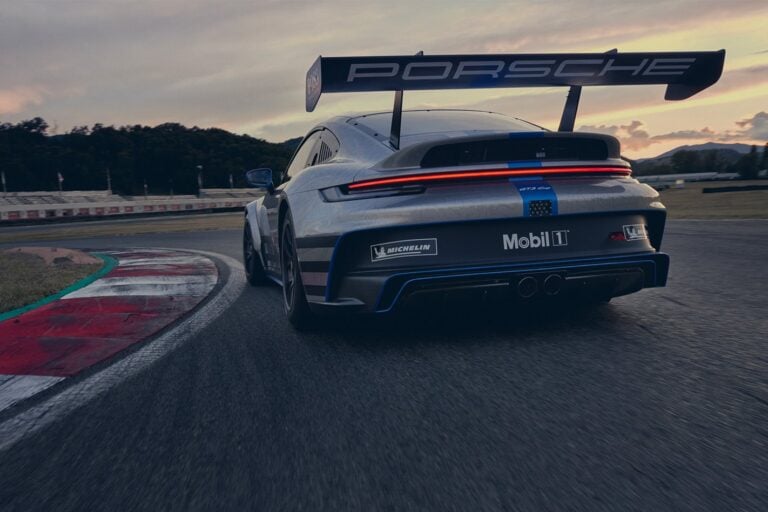 Features
FeaturesHow synthetic fuel could save internal combustion in the electric future
Does the future of the combustion engine reside with chemists creating this ground-breaking new technology? Porsche seems to think so...
-
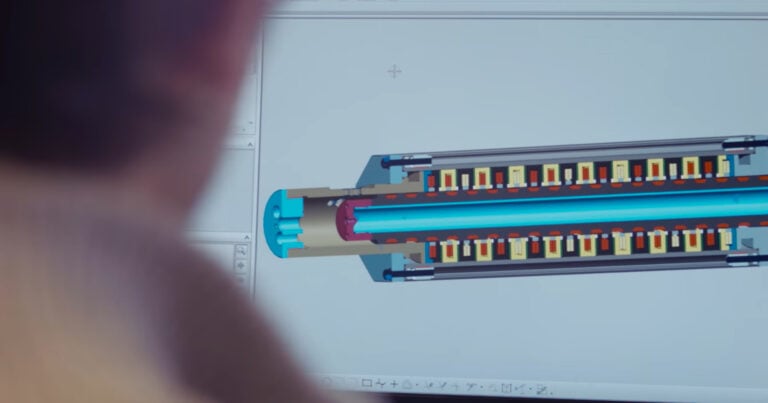 Features
FeaturesHow free-piston technology could save internal combustion, but not as you know it
Forget almost everything you thought you knew about how an internal combustion engine works






